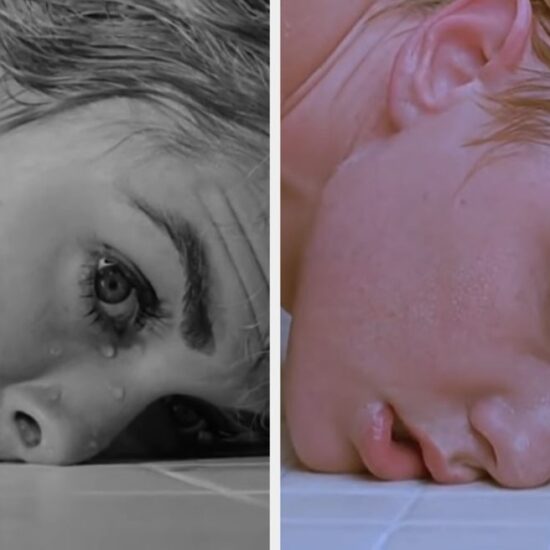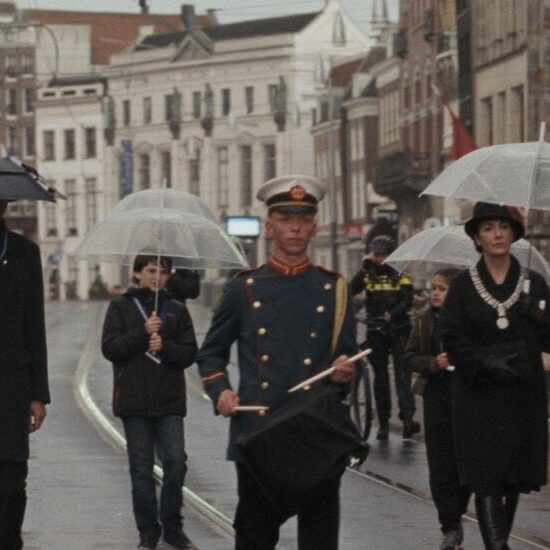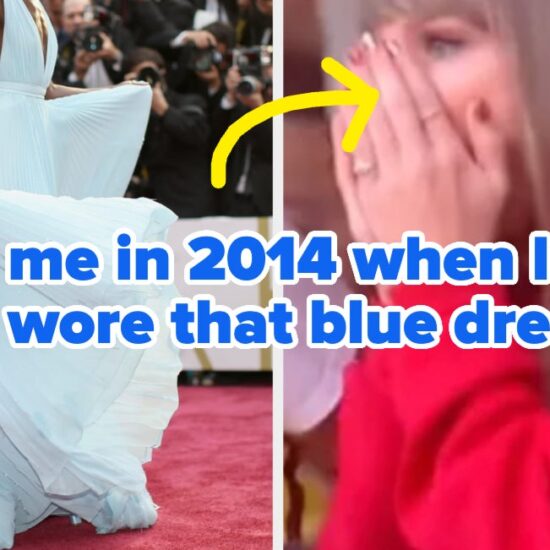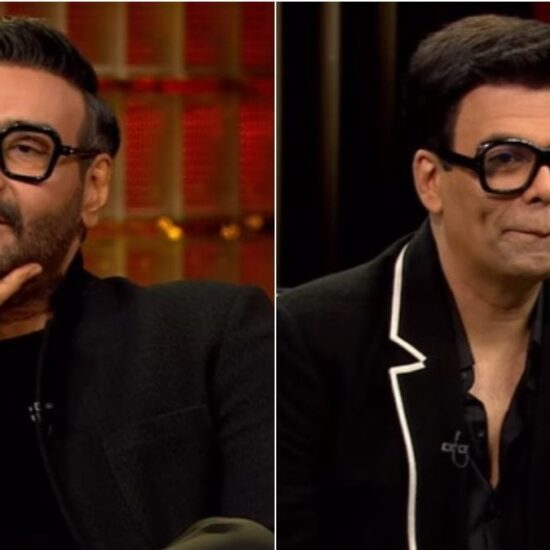
The unconventional sci-fi musical “Neptune Frost” (in theaters), from the co-directors and partners Saul Williams, a seasoned musician and actor from New York, and Anisia Uzeyman, a Rwandan actress and filmmaker; interrogates the notion of technological progress from the vantage point of those living in the places exploited to achieve it.
Set in the mountains of the African nation of Burundi, their Afrofuturist vision, which premiered at the Cannes Film Festival in 2021, follows a former miner and an intersex hacker as they lead an uprising against oppressive forces. The realm they inhabit is one where reality and a digital interface, imbued with a magic realism, intersect in tactile ways.
Speaking via video call from their home in Los Angeles, the duo elucidated some of their one-of-a-kind film’s key concepts. Below are edited excerpts from the conversation.
“Neptune Frost” was originally envisioned for the stage until producers persuaded you to turn the concept into a film. How did the medium of cinema reshape the project?
SAUL WILLIAMS: It allowed us to imagine what it would be like to shoot on location. We had written the story to take place in Burundi but knew that we wouldn’t be able to shoot there because of political unrest. But in the neighboring country of Rwanda, where Anisia is from, the doors were open. We arrived there in 2016 to shoot a sizzle reel and discovered a slew of Burundian refugees in Kigali who were students, artists and activists. We got excited about showing a place and faces that people haven’t really seen onscreen.
ANISIA UZEYMAN: We wanted to share the existing beauty of Rwanda that I was intimate with, as well as the language. We have an ancestral tradition of poetry.
WILLIAMS: After writing the script, working with those poets and writers from Rwanda and Burundi to translate the text into Kinyarwanda and Kirundi was an extraordinary experience. The film allowed us to share way more than the stage would have.
In creating this intricate narrative, were you drawing from specific historical events pertinent to Burundi or larger ideas about neocolonialism in Africa?
WILLIAMS: When we first started conceptualizing the project in 2011, the Arab Spring, Chelsea Manning and WikiLeaks were going on. On the continent, there were American evangelists arriving in countries like Tanzania, Kenya and Uganda offering money to pass anti-L.G.B.T. laws. We were also learning about e-waste camps [in Africa], places where our tech goes to die, village-size camps with piles of motherboards, keyboards and towers. We learned of their close connection to the mining industry and the irony that digital technology is rooted so heavily in analog exploitation.
This is connected to what has been happening on that continent for centuries. We wake up every morning and say, “I can’t start my day without my coffee,” with no sense of where that coffee comes from, where the rubber from your tires come from, where the stuff that makes your computer work comes from. The spirit of protest in the film comes from what was happening while we were writing it. We wanted to incorporate these things and to connect dots between these disparate ideas and show how they were all part of the same timeline.
Given that the music represents an integral storytelling aspect here, can you explain the thought process behind its composition?
WILLIAMS: The music came first. I grew up on musicals and one of the goals was to make one that corresponds with the musical interests that have been a part of my exploration as an artist. I was interested in polyrhythm because we made the connection between drum rhythms and coding because drums themselves have been used for wireless communication. We were playing with the idea of drum coding in terms of computer programming, and the exploration of what is beyond the binary in the question of gender.
UZEYMAN: Music was also a great means to communicate with the actors who are all singers and musicians. They have that very privileged relationship to rhythm. It was a way of working toward their own understanding of the characters that they were playing and how their voices evolve over the arch of the story.
There’s a striking visual quality to the costumes and set decorations that’s both otherworldly and recognizable, how were these designed?
UZEYMAN: We met Cedric Mizero, the young designer behind those costumes and the décor, in 2016 in Rwanda. After hearing the story that we wanted to tell, he came back the next morning with sandals made of motherboards. Cedric’s work also inspired the writing of the film because he already was working with people in the village recycling and transforming materials that are seen as waste into art installations and zero-waste fashion.
WILLIAMS: For example, making backpacks out of water containers or using African wooden sculptures as the guns that we used in the film.
How does Afrofuturist art, which incorporates folklore and culture into futurist tropes, allows you to address today’s issues from a decolonized lens?
WILLIAMS: There’s something experienced and understood about the fluidity of things in Indigenous cultures that transcends Western projection. These things have been a part of reality and storytelling in Africa and other places for a long time, but the rigidity of the Western lack of imagination has closed the doors on those ancient myths and mythologies. It’s crucial for us to not participate in poverty porn or the expectations white people have of Africa.
UZEYMAN: From the perspective of artists on the continent, what’s important is the possibility of telling whatever story we want to tell, not the story that you are waiting for us to tell or that you’re willing to finance. We want to tell all tales from our perspective — science fiction or historical dramas — freed from the Western framing.













